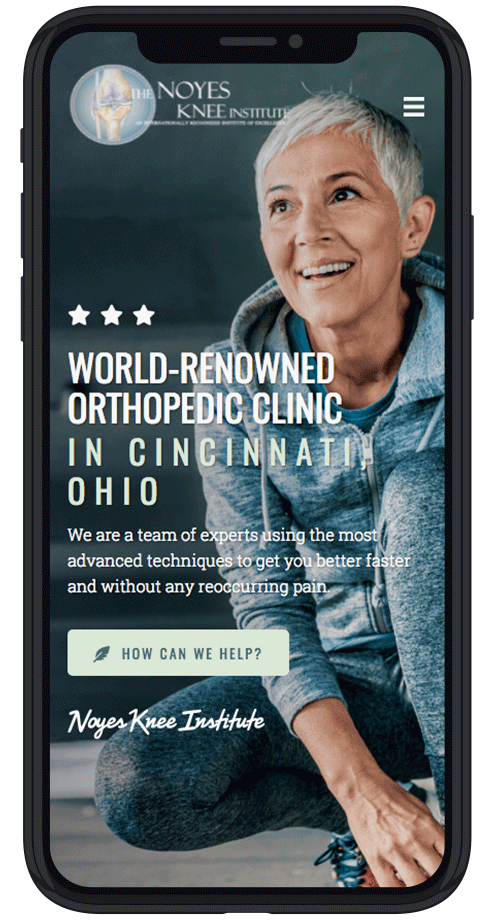Published On
Category
Partial and total knee replacements are the two basic knee surgeries you will encounter when consulting the best knee replacement surgeons. Some patients may benefit from partial knee replacement, while others are better off with total knee arthroplasty. The choice will depend on your needs and the recommendations of your orthopedic knee surgeon.
What Is Partial Knee Replacement?
The knee joint has three main components: medial (interior), lateral (exterior), and patellofemoral (in front of the knee). Injuries can affect only one component, usually the medial parts.
Lateral components can also suffer blows and injuries that require surgery, but it is less common. Partial (unicondylar) knee replacement involves removing only the affected parts and preserving the unaffected regions.
In most partial knee replacement surgeries, the anterior and posterior cruciate ligaments remain intact. The procedure is recommended for some patients with knee osteoarthritis and has various advantages as follows:
• Involves less bone/soft-tissue dissection
• Fewer complications than total knee replacement
• You will lose less blood during the surgery
• Faster recovery and better range of motion
Partial knee replacement also comes with unique risks, including a higher rate of repeat/redo than total knee replacement. The revisions can be more complex and may cause more worry for the patient. Partial knee replacements suit specific patients, so it is crucial to consult with an experienced orthopedic knee surgeon.
What Is Total Knee Replacement?
Total knee replacement is precisely what the name suggests. It is a surgical operation that removes the entire knee joint. In a total knee replacement, the orthopedic surgeon will replace all three knee joint components with artificial parts.
Total knee arthroplasty is a highly successful procedure for treating knee osteoarthritis. It can reduce pain, improve function, and is less likely to result in a revision. In some cases, total knee replacement is the only recommended operation.
Replacing the entire knee joint with artificial components often results in more blood loss than partial knee replacement. It also has a massive impact on life moving forward, so you need to exhaust your options before considering total knee replacement.
Which One Is Right For You?
Partial knee surgery is generally ideal if some knee joint parts are not affected. The criteria for determining eligible candidates examine various factors, including age, weight, physical activity, and more.
Orthopedic knee surgeons generally classify the ideal candidate for partial knee surgery as one who is older than 60 years old and at a reasonable weight. The candidate should also have a mildly active lifestyle, minimal deformity, and a good range of motion before the procedure.
Total knee replacement suits candidates who have damaged all three knee joint components. It is often used to treat knee osteoarthritis and may also suit candidates who do not meet the criteria for a partial replacement.
The ideal candidate for total knee replacement is less than 60 years and has a more active lifestyle. Those with poor range of motion and extensive deformity can also consider total knee replacement.
The Best Knee Replacement Surgeons
Knee injuries require professional diagnosis and early treatment. Whether you have a torn ACL or severe accident and knee trauma, you should involve an experienced orthopedic surgeon as soon as possible.
At the Noyes Knee Institute, you will get an expert diagnosis from Dr. Noyes, M.D., a board-certified and internationally recognized orthopedic surgeon. Dr. Noyes specializes in knee surgery and sports medicine. Make an appointment today.

